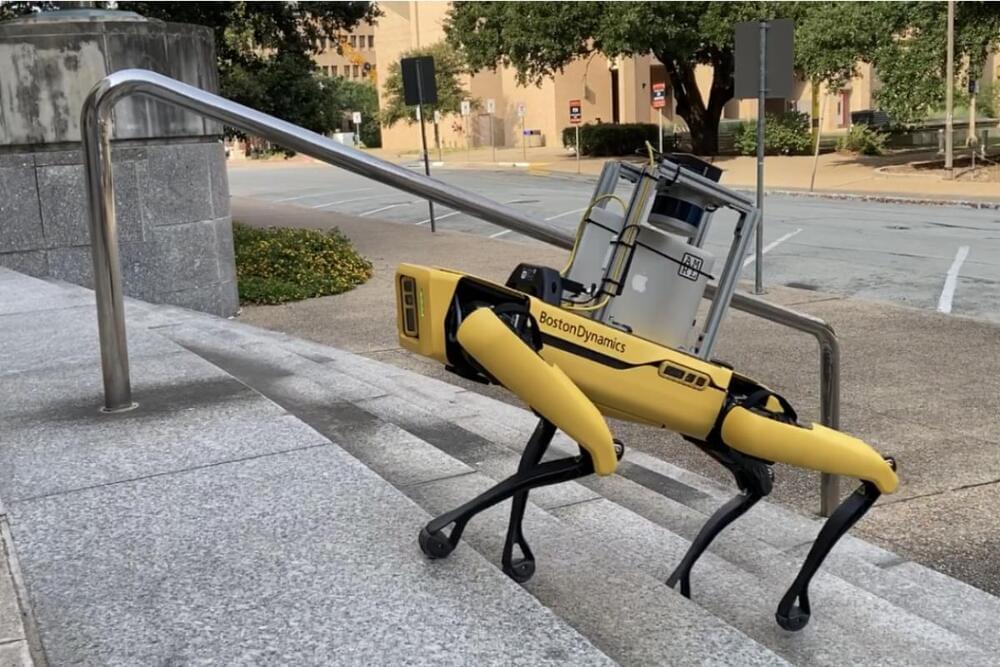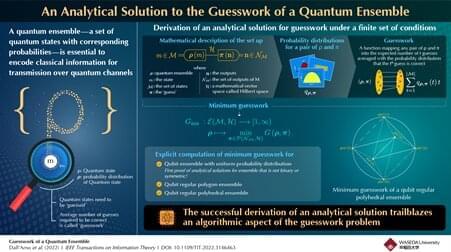Just like a pianist who learns to play their instrument without looking at the keys or a basketball player who puts in countless hours to throw a seemingly effortless jump shot, UCLA mechanical engineers have designed a new class of material that can learn behaviors over time and develop a “muscle memory” of its own, allowing for real-time adaptation to changing external forces.
The material is composed of a structural system made up of tunable beams that can alter its shape and behaviors in response to dynamic conditions. The research finding, which boasts applications in the construction of buildings, airplanes and imaging technologies among others, was published Wednesday in Science Robotics.
“This research introduces and demonstrates an artificial intelligent material that can learn to exhibit the desired behaviors and properties upon increased exposure to ambient conditions,” said mechanical and aerospace engineering professor Jonathan Hopkins of the UCLA Samueli School of Engineering who led the research. “The same foundational principles that are used in machine learning are used to give this material its smart and adaptive properties.”








